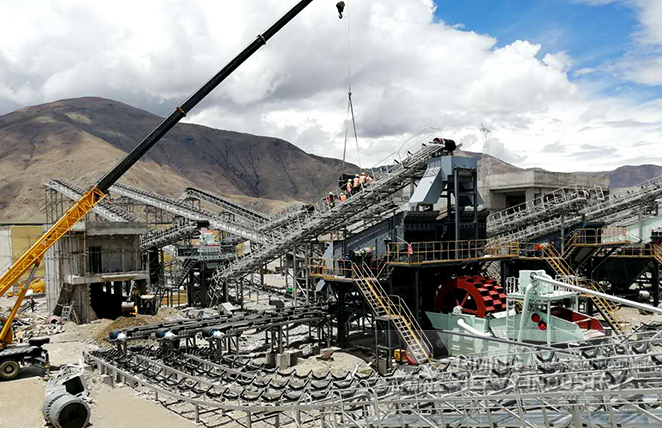A belt filter press is commonly used in coal washing plants for dewatering coal slurry or tailings. Here’s how it works and its role in coal processing:
How Belt Filter Press Works in Coal Washing Plants
1. Slurry Feeding:
– Coal slurry (a mix of fine coal particles and water) from the washing process is pumped into the belt filter press.
2. Gravity Dewatering:
– The slurry spreads over a porous belt, allowing free water to drain by gravity.
3. Wedge Zone & Low-Pressure Squeezing:
– The slurry enters a wedge zone where two belts converge, applying gentle pressure to remove more water.
4. High-Pressure Compression:
– Rollers apply increasing pressure to squeeze out remaining moisture, forming a dry cake.
5. Cake Discharge:
– The dewatered coal cake is scraped off the belt for disposal or further processing..jpg)
Advantages in Coal Washing Plants
✔ Continuous operation with high efficiency
✔ Reduces moisture content in coal tailings (typically down to 20-30%)
✔ Low energy consumption compared to centrifuges or thermal dryers
✔ Handles fine coal particles effectively
Common Applications
- Dewatering coal tailings before disposal
- Recovering water for reuse in the washing plant
- Reducing transport costs by minimizing slurry volume
- Proper polymer flocculant dosing improves dewatering efficiency.
- Belt tension and roller alignment must be maintained for optimal performance.
Key Considerations

Would you like details on maintenance or troubleshooting belt filter presses in coal plants?





Leave a Reply